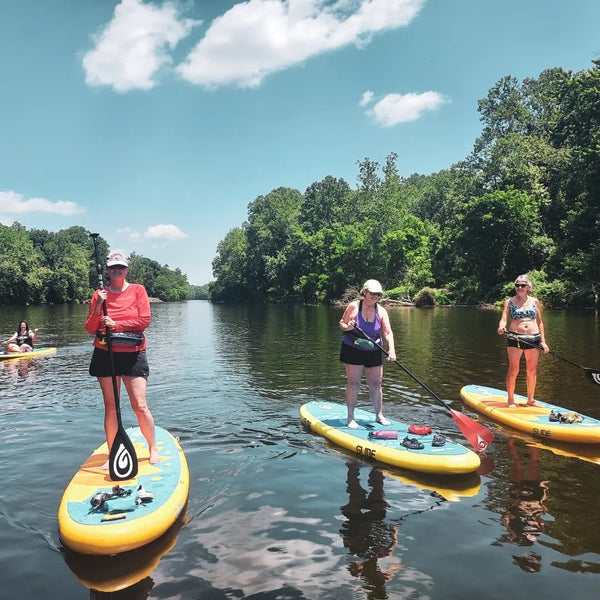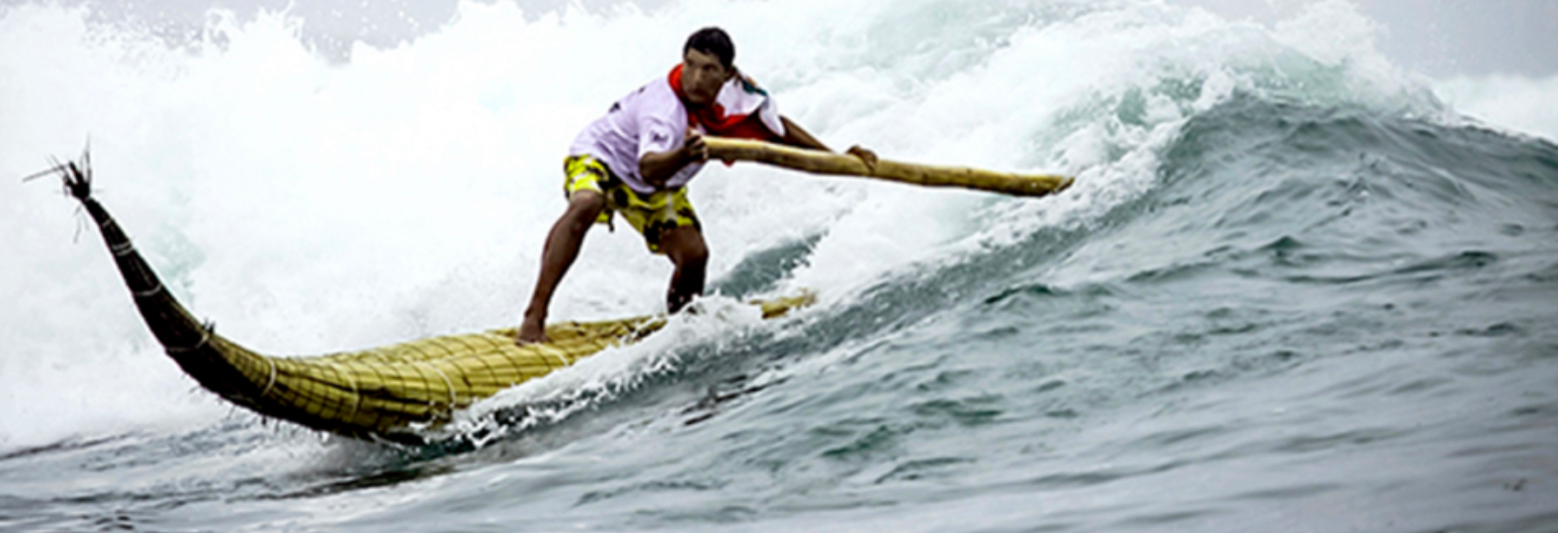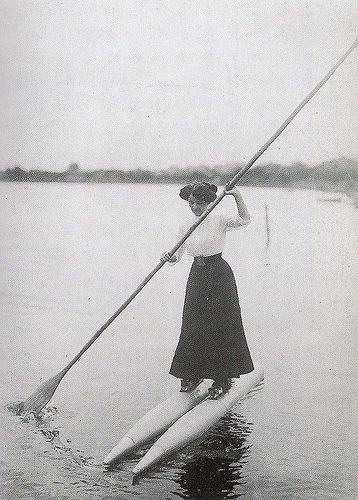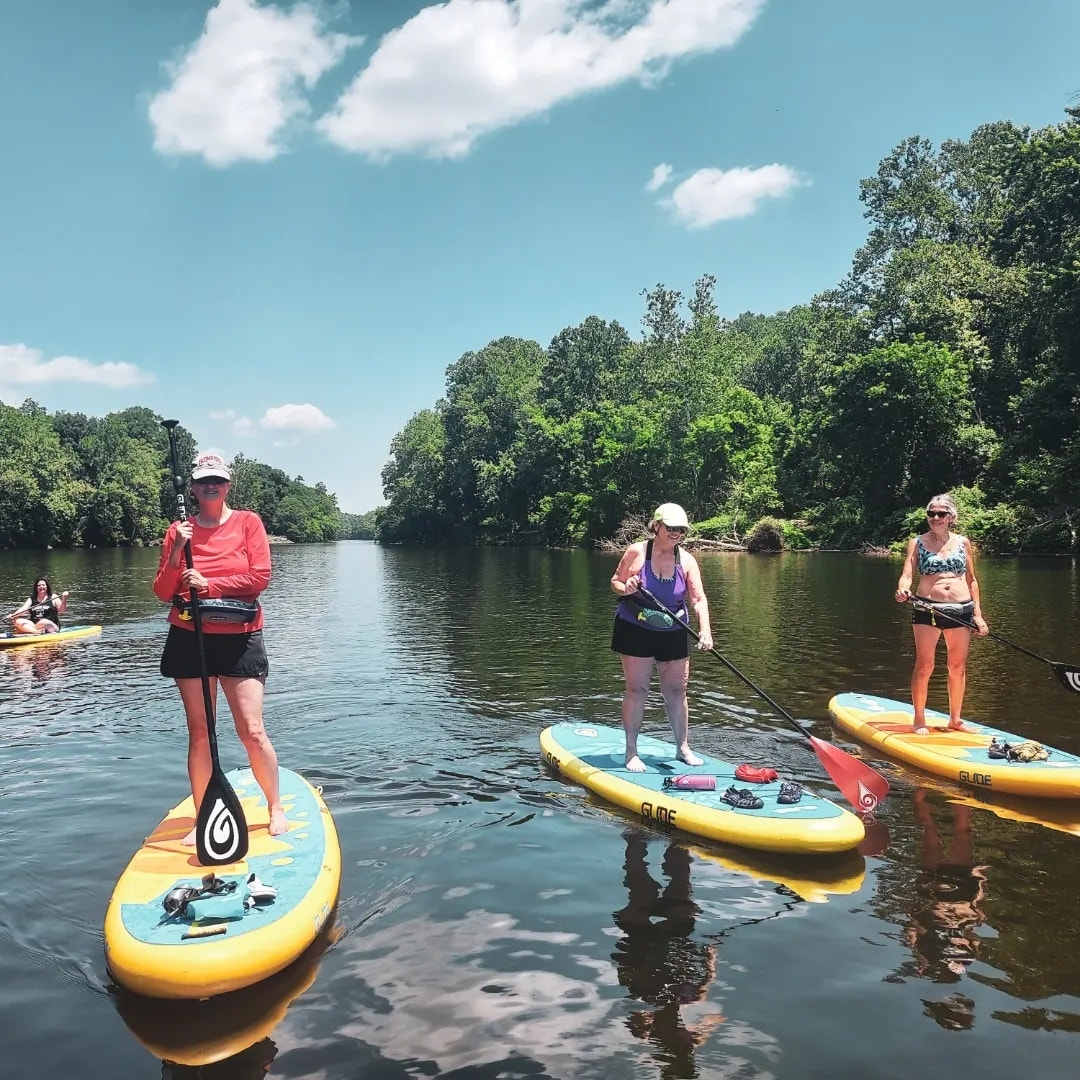
The Evolution of Stand Up Paddle Boarding: A Historical Overview
Stand Up Paddle Boarding (SUP) has journeyed from ancient cultures to become a global phenomenon, merging the tranquility of paddling with the thrill of surfing into a beloved water sport enjoyed by millions. This historical overview charts the evolution of SUP, tracing its roots and celebrating its transformation into a modern-day staple of aquatic adventure, a journey that companies like Glide SUPs have been a significant part of.

20th Century: The Beach Boys of Waikiki
Fast forward to the 20th century, the sport found a new wave of practitioners among the Beach Boys of Waikiki. These Hawaiian surf instructors stood on their longboards, using paddles to maneuver through the water and take photographs of tourists learning to surf. This gave rise to "Beach Boy Surfing," a direct precursor to modern stand up paddle boarding, blending the art of surfing with the utility of paddling.

The Modern Revival
The turn of the millennium witnessed a resurgence of SUP, led by surfing legends like Laird Hamilton and Dave Kalama. Seeking a new way to train and enjoy the ocean, they popularized the sport among the surfing community and beyond. Their innovative approach to wave riding, coupled with the fitness benefits of stand up paddling, sparked interest worldwide.
SUP's Global Surge
The 2000s saw SUP explode onto the global sports scene. Its appeal lies in its accessibility and versatility; unlike traditional surfing, SUP can be enjoyed on various water bodies - from calm lakes to flowing rivers, and of course, the open sea. This adaptability, along with minimal equipment requirements, allowed SUP to reach a broad audience. Brands like Glide SUPs have been instrumental in pushing the sport's accessibility, offering a range of boards that cater to all skill levels.

Technological Advancements and Diverse Disciplines
Technological advancements have played a significant role in SUP's evolution. The development of lighter, more durable boards, along with adjustable paddles, has made the sport more accessible than ever. Additionally, SUP has branched into several disciplines, including racing, yoga, fishing, and even whitewater paddling, each attracting its own community of enthusiasts.
The Rise of SUP Culture and Community
As SUP has grown, so too has the culture surrounding it. Festivals, races, and meet-ups have become commonplace, fostering a global community of paddlers. Social media and digital platforms have further united SUP enthusiasts, sharing tips, stories, and advocating for waterway conservation efforts.
Looking to the Future
Today, stand up paddle boarding continues to evolve, with innovations in board design and paddling techniques pushing the boundaries of what's possible. As environmental awareness grows, SUP offers a unique way to connect with nature and advocate for the protection of our waterways. Companies like Glide SUPs continue to lead the way in innovation and sustainability, ensuring that the future of SUP is as exciting as its rich history.
The journey of stand up paddle boarding, from ancient Polynesian practice to global water sport, is a testament to humanity's enduring connection with the ocean. Its evolution reflects a blend of cultural heritage, sporting innovation, and communal spirit, promising an exciting future as more people around the world take to the water, paddle in hand, with Glide SUPs being a key part of this ongoing story.

